Do you have a question about the Daikin VRV III Series and is the answer not in the manual?
Essential safety guidelines and warnings for proper installation and use.
Special product notices, including EMC characteristics and disposal requirements.
Guidelines for dismantling units and disposing of refrigerants and other parts.
Details on combining indoor and outdoor units for heat pump and heat recovery applications.
List of standard and optional accessories included with the unit and their selection.
Reference to engineering data for detailed specifications and main components of the VRVIII system.
Step-by-step guide to the installation process, referencing figures and sections.
Guidelines for choosing an installation location, considering safety, noise, foundation, and space.
Instructions for checking the unit upon delivery and safe handling during transport and lifting.
Instructions for placing the unit on a stable, level base and securing it with foundation bolts.
Guidelines for selecting clean piping materials and appropriate refrigerant branching kits.
Procedures for connecting pipes, protecting them from contamination, and insulating them.
Detailed instructions on connecting refrigerant piping, including removing pinch piping.
Examples of refrigerant piping connections and guidance on selecting correct pipe sizes.
Method for calculating the additional refrigerant charge based on piping length and diameter.
Requirements for power circuits, safety devices, and cable specifications for unit wiring.
Examples of wiring connections for heat pump and heat recovery series systems.
Instructions for routing power, ground, and transmission wiring through the unit.
Procedures for connecting transmission wiring between units and to controllers.
Steps for securely connecting power supply wiring to the terminal block.
Guidelines for routing and securing wiring inside the unit's electrical compartments.
Required tools and preparations for performing air tightness tests and vacuum drying.
Step-by-step procedure for performing air tightness tests and vacuum drying the system.
Guidelines for insulating refrigerant piping to prevent condensation and burns, with thickness requirements.
Checklist for electrical and piping work before proceeding with refrigerant charging.
Precautions and procedures before handling refrigerant tanks and performing charging.
Steps to prepare for check operation, including system checks and initial settings.
Detailed procedure for performing the unit's check operation, including LED indications.
Procedures to follow after check operation, including recording settings and adjustments.
Instructions for making onsite settings with the unit's power turned off, focusing on dip switches.
Procedures for making onsite settings using push buttons with the unit's power turned on.
Checklist of completed works before performing the test run.
Instructions for operating the unit and checking its normal operation after installation.
Post-test run checks, including recording settings and installation dates.
Safety measures and regulations regarding refrigerant leaks and concentration limits.
| Type | VRV (Variable Refrigerant Volume) |
|---|---|
| Series | VRV III |
| Refrigerant | R410A |
| Energy Efficiency | High |
| Control | Centralized control, individual control |
| Application | Commercial |
| Outdoor Unit Models | Multiple models available |
| Indoor Unit Types | Ceiling Cassette, Ceiling Suspended, Wall Mounted, Floor Standing, Concealed Duct |
| Connectivity | Optional BACnet, LonWorks |

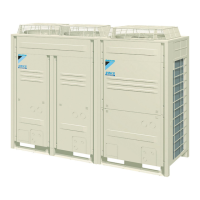


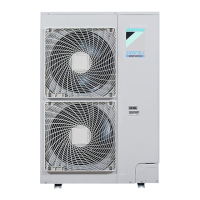

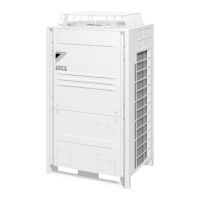



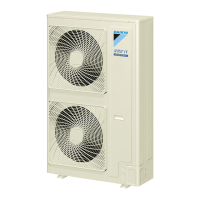
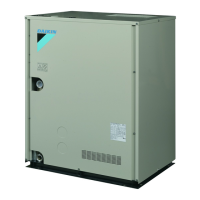
